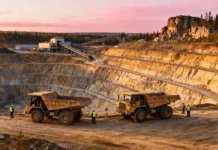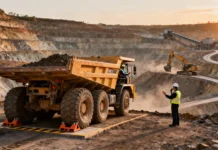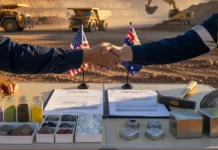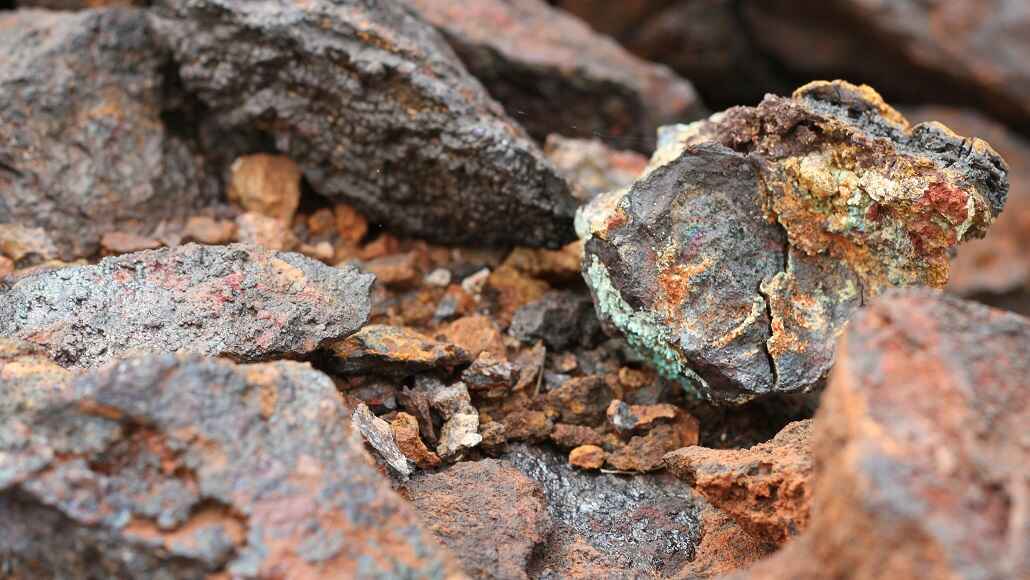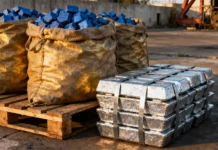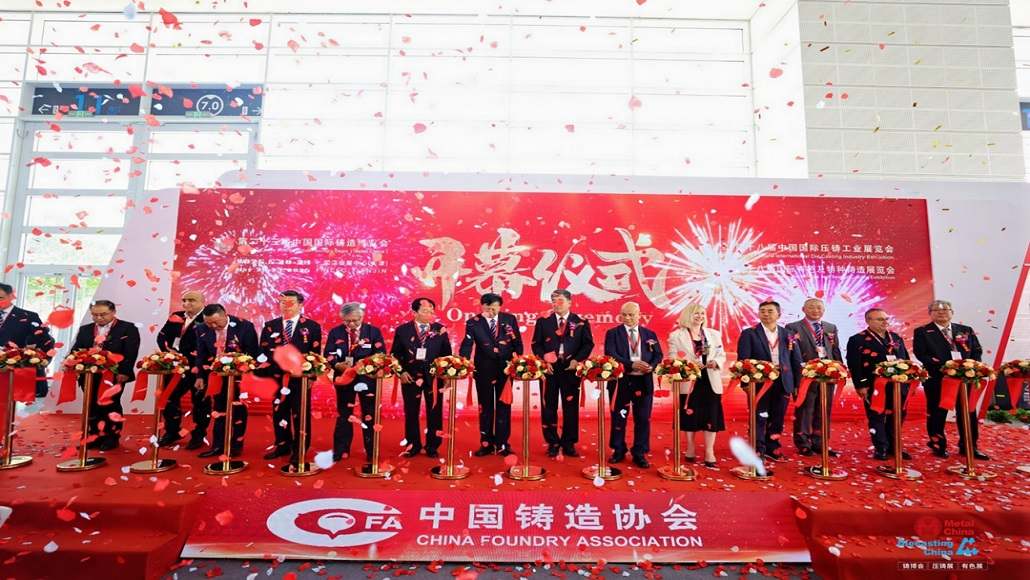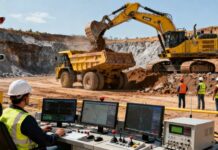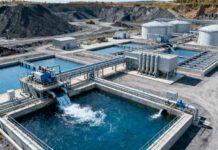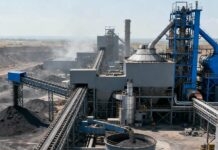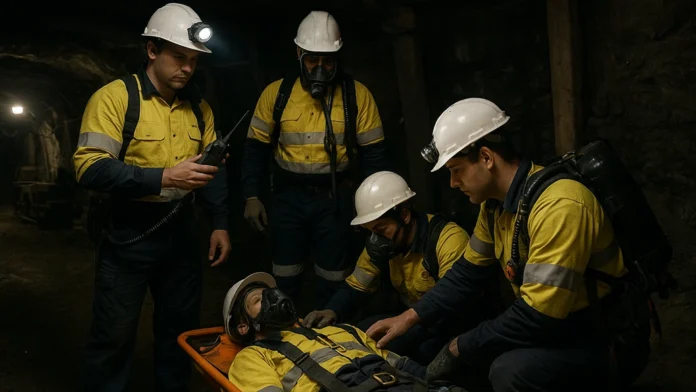Mining remains one of the most hazardous industries in the world. Workers spend long hours underground, operating in tunnels, shafts and enclosed chambers where natural ventilation and visibility are limited. These environments increase the risk of accidents such as collapses, toxic gas exposure and equipment malfunctions. To prepare teams for these scenarios, companies are investing in confined space rescue training, which equips employees with the knowledge and skills to respond effectively when emergencies occur.
The importance of such training goes beyond compliance. Mines are often located in remote regions where professional rescue services may take hours to arrive. In these situations, the ability of onsite teams to carry out safe and coordinated rescues can make the difference between life and death. Confined space rescue training ensures that miners are not only aware of the hazards but also capable of acting decisively to protect colleagues when conditions turn dangerous.
Beyond the immediate skills, this training also builds awareness of wider risk management. Miners become more attuned to evaluating their surroundings continuously and anticipating how small hazards can escalate. By creating a workforce that is not only technically competent but also proactive in identifying potential threats, companies strengthen the overall culture of safety that is essential in high-risk operations like mining.
By approaching training this way, miners develop the confidence and discipline to respond effectively to emergencies that ordinary safety rules cannot fully address
What this training involves
Unlike general safety briefings, confined space rescue training is tailored to the very specific conditions miners face underground. A large part of the program focuses on hazard recognition, helping workers spot early warning signs such as low oxygen, toxic gases, or unstable ground. Practical sessions emphasize correct use of protective equipment, from harnesses and breathing apparatus to reliable communication tools that keep teams connected in emergencies.
Equally important is learning how to plan for rescue scenarios before they happen. Workers are taught to design site-specific procedures, assign clear roles within their teams and coordinate actions under pressure. Rescue techniques are practiced in controlled environments that simulate real mining conditions, so employees learn how to extract injured colleagues safely without creating new risks. Finally, participants gain experience in stabilizing casualties and reporting incidents in ways that meet both company protocols and regulatory requirements.
By approaching training this way, miners develop the confidence and discipline to respond effectively to emergencies that ordinary safety rules cannot fully address.
Why mining companies prioritize trained teams
Employers increasingly view confined space rescue training as a strategic investment rather than a basic requirement. Trained teams respond faster during incidents, reducing both human and financial losses. Mines that emphasize rescue preparedness also benefit from higher employee confidence, which improves morale and productivity.
There is also a reputational advantage. Companies that demonstrate robust safety practices are more likely to secure long-term contracts and partnerships, as clients and stakeholders value firms that protect their workforce. In a high-risk industry like mining, safety performance directly impacts business success.
In addition, regulatory authorities are placing growing emphasis on proactive risk management. Firms that invest in recognized training programs can demonstrate compliance more easily during inspections and audits, reducing the chance of costly operational delays. For global companies operating across multiple jurisdictions, standardized training helps ensure consistent safety practices that align with international expectations.
Choosing trusted providers
The quality of training depends on the provider. Organizations such as FMTC Safety deliver internationally recognized programs that combine technical expertise with practical drills. By selecting reliable partners, mining companies ensure that confined space rescue training prepares workers for real conditions rather than just theory. This partnership helps create teams that are ready to act decisively during emergencies underground.
Conclusion
Mining will always involve risks however,┬Ā those risks can be managed through preparation and training. By prioritizing confined space rescue training, Effective training protects lives, improves operational efficiency and demonstrates that the industry is committed to responsible growth. In the long run, this focus on preparedness helps mining remain sustainable and resilient in the face of its unique challenges.



